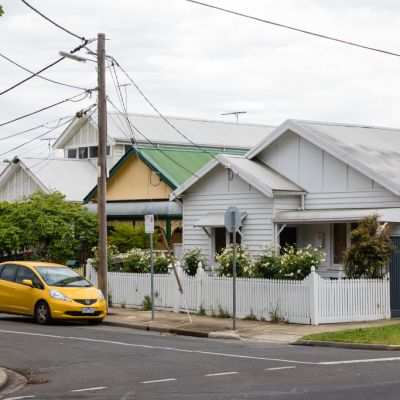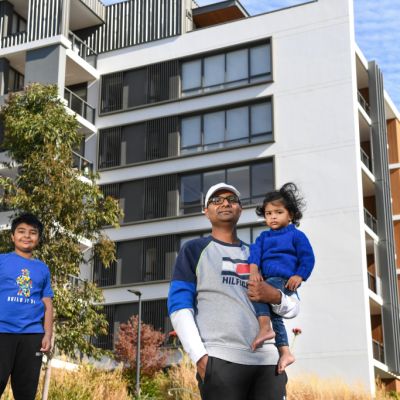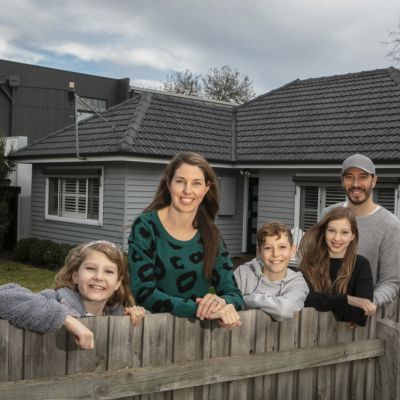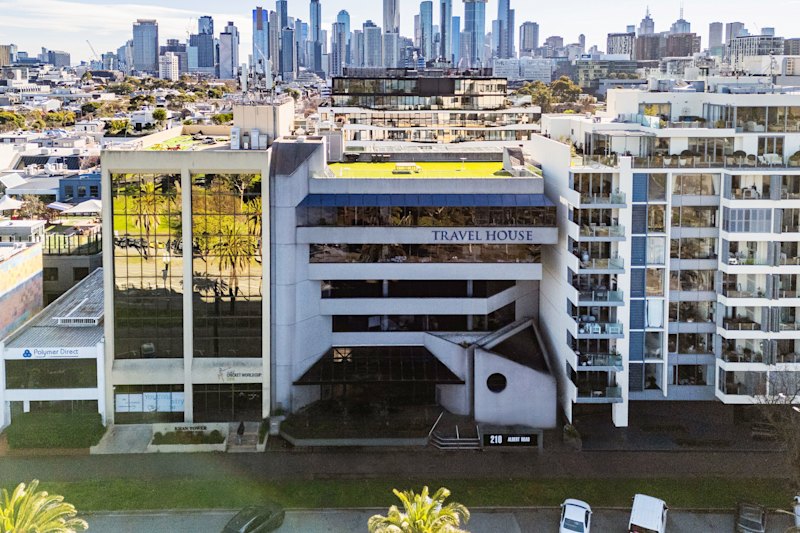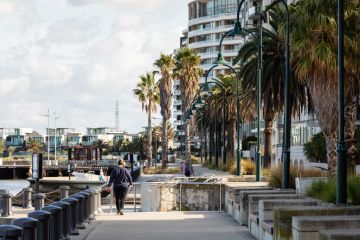Australian housing market entering 'tricky territory' as affordability starts to bite
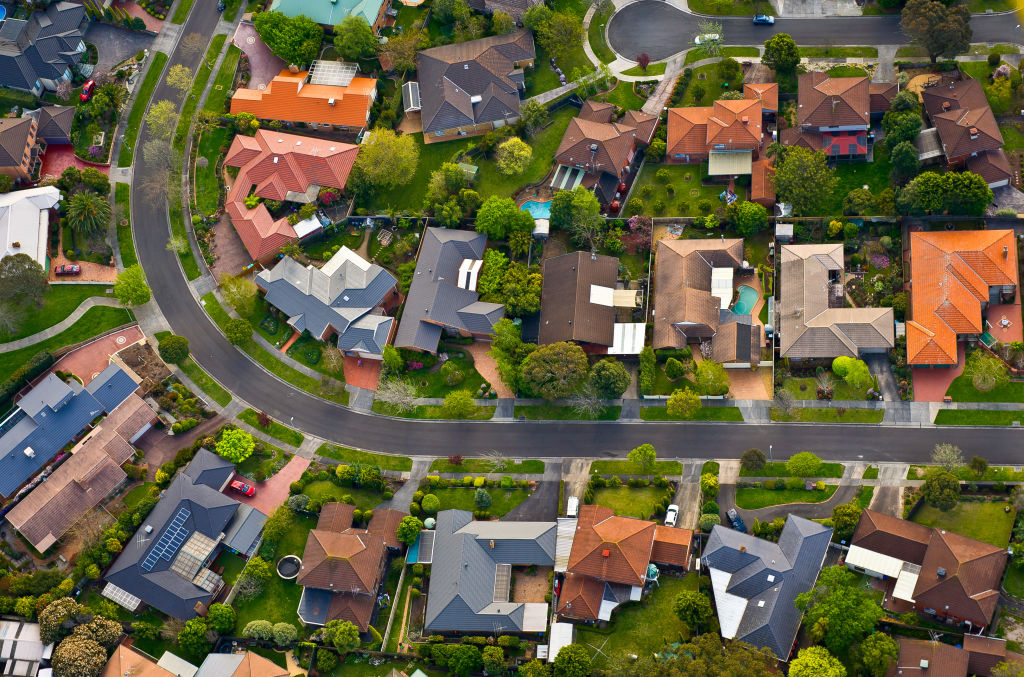
Australia’s housing market is heading into “tricky territory” as coronavirus-related lockdowns intersect with the issue of soaring house prices and affordability, a new report reveals.
Westpac’s Quarterly Housing Pulse, released on Tuesday, showed the “time to buy a dwelling index”, which reveals people’s plans to buy a home – and whether now is the best time to buy – was at its second-lowest point since 2010.
But it’s not lockdowns at fault, the Westpac report found. Instead, it’s surging prices and stretched affordability that look to be far more important than COVID restrictions.
“The steep fall is a clear warning that deteriorating affordability is starting to weigh heavily on buyer sentiment among owner-occupiers,” the report stated.
Westpac senior economist Matthew Hassan said while it was low now, the “time to buy index” also fell around the same time last year when property markets, particularly Melbourne’s, went through months of lockdown.
Affordability has become a major concern in Melbourne and Sydney. Both cities are in lockdown but have also had house prices soar to record levels over the past 12 months.
Nationally, house prices have risen 18.8 per cent over the year to June, Domain data shows.
“It’s not just Melbourne and Sydney, but some parts of the country have seen price surges they never have before, like Adelaide, which is usually a sleepy hollow,” Mr Hassan said. “It’s a market that has never done the things it has done recently.”
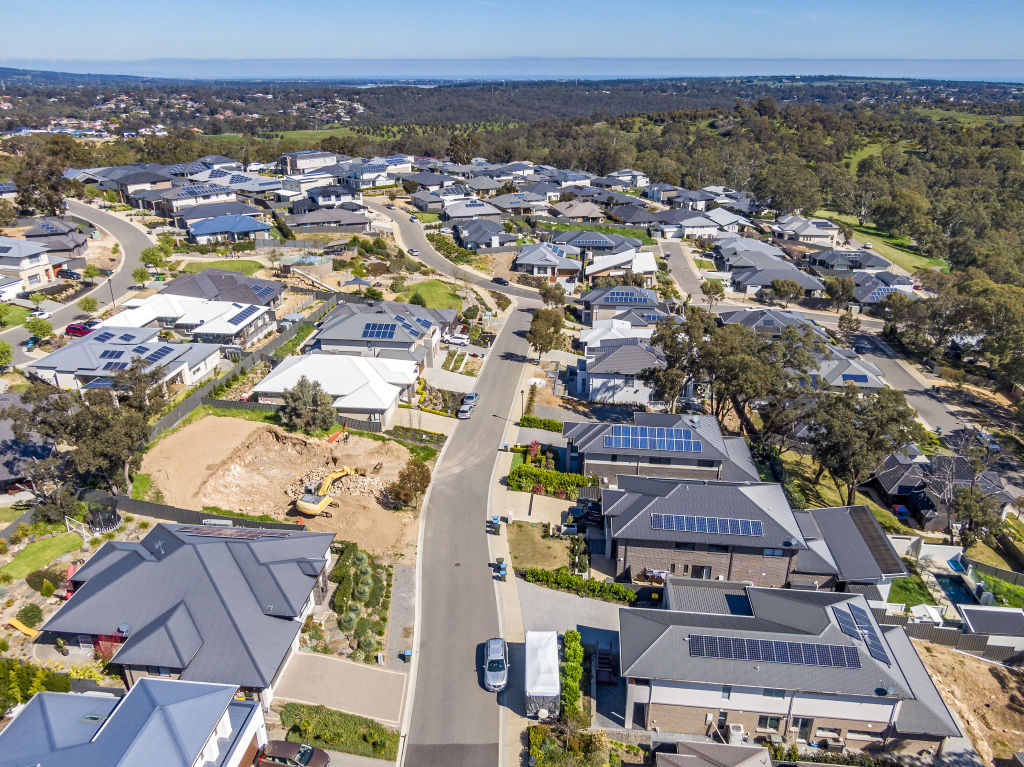
Affordability was also stretched in other capitals, with house prices in Hobart and Canberra skyrocketing by almost 30 per cent over the year to June, while Brisbane and Perth house prices also grew by double digits.
Though they had seen major house price hikes, other capitals had further to move before their markets faced similar affordability [and lockdown] issues to Sydney and Melbourne, he said.
“The other markets are a long way from being somewhere similar,” Mr Hassan said.
House prices in other capitals were below the record levels of Sydney and Melbourne. However, the price gains in these states were more likely to remain stable once the market returned to post-COVID normal, he said.
While sentiment was taking a hit, it hadn’t slowed the number of buyers getting in touch with buyers advocates, particularly in Sydney and Melbourne.
In Sydney, Buyer X advocate Hamada Alameddine said the appetite from buyers was more voracious than ever, with many keen to inspect a property one-on-one and buy while they could.
“I thought it would have slowed because of the lockdown, but it hasn’t at all,” Mr Alameddine said. “It really is insatiable at the moment because of the cheap money [low interest rates] and the RBA saying it won’t touch interest rates for now.”
While buyers had their eye on property prices, most were not worried about softening or even falling prices once the market returned to a post-COVID normal.
They planned to hold on to the properties long-term to see prices rise again.
“Most of my clients are planning their long-term goals and want to hold the home for the next 10 or 15 years,” he said.
In Melbourne, buyers were also more straightforward, especially compared to last year. Buyers advocate Cate Bakos said much like Sydney, Melbourne buyers were still keen to get into the market.
“Unlike last year, no one’s [interest has] dropped off,” Ms Bakos said. “I’ve noticed the sentiment is a little lower but not much lower.”
Serious buyers, she said, were still interested in getting into a home with properties that had been able to be inspected before the lockdown in early August, seeing a frenetic amount of interest.
This ongoing demand will see the markets snap back after lockdowns end in cities including Sydney, Melbourne, and Canberra.
“On balance, we expect the situation to see a temporary loss of momentum rather than a correction – even in the most heavily impacted areas – and a rapid snap-back once restrictions ease,” the Westpac report stated.
We recommend
We thought you might like
States
Capital Cities
Capital Cities - Rentals
Popular Areas
Allhomes
More
